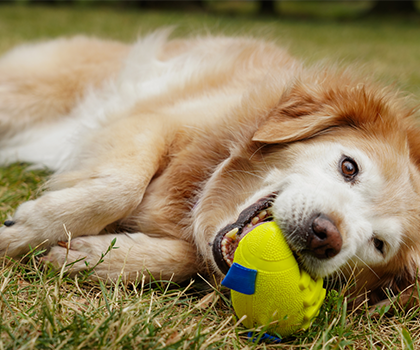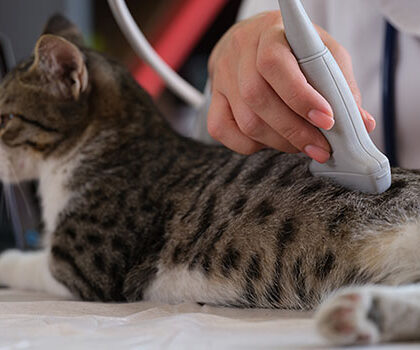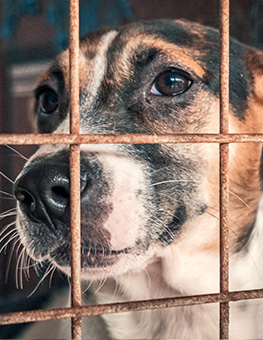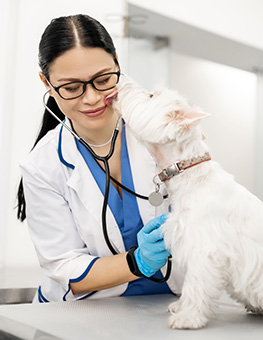Cold Weather Pet Safety Tips
With some areas of the country experiencing bitter cold temperatures, pet owners need to make plans for the safety and comfort of their pets.
With temperatures dropping so low in many parts of the country, most pets should be kept indoors at night: If it's too cold for you to be outdoors for extended periods, it's too cold for your pet!
Dangers unique to winter
The Red Cross, best known for disaster relief efforts, emphasizes the importance of watching out for dangers to dogs, not just during blizzards but in all extremely windy or freezing conditions. Make sure they have easy access to their food, warm shelter, and water that has not frozen.
The police department animal control unit of Gardner, Kan. offered its residents some useful cold weather care tips for dogs:
- Keep dogs on-leash in winter and away from rivers, streams and other bodies of water, even if they look totally frozen
- Watch for signs of frostbite, especially on your dog's ears, tail and feet
- Make sure the hair on their paws is trimmed to minimize the chance of ice and snow freezing to it
- Clean their paws with warm water or a highly diluted moisturizing dog shampoo solution to remove salt and ice-melt products
- See that puppies and older dogs stay indoors most of the time, since they're more vulnerable to extremes of temperature
- Always clean up antifreeze spills immediately, since dogs love the sweet taste of this highly poisonous substance.
Anticipating worst-case scenarios

If it's too cold for you to be outdoors, it's probably too cold for your pet!
Monster storms don't happen every day, but dog owners need to be ready when they do.
In case of an evacuation, never leave your pets behind. Bring them, along with a pet survival kit similar to the human version. As in any survival kit, it should include food, water and any medications your pet is taking. It's also good to add vet records, pet first aid supplies and a sleeping bag or warm, portable bedding.
In severe weather, hypothermia is a serious danger for pets and humans alike, and in both, the symptoms usually include violent shivering, a drop in body temperature, lethargy and a weak pulse. According to PetMD, among the common causes of hypothermia is long exposure to cold temperatures, submersion in cold water and wet skin or fur.
If your dog's temperature falls below 98 degrees, you should see your vet as soon as possible.
This content is provided by the pet experts at Hartz.


















